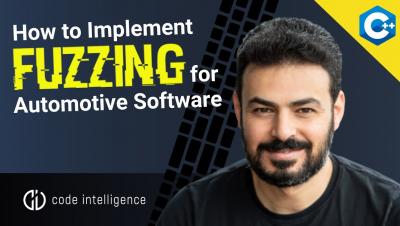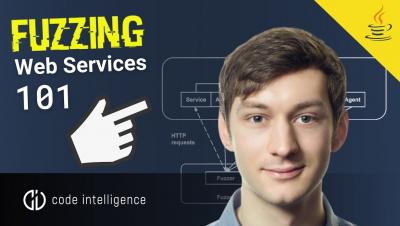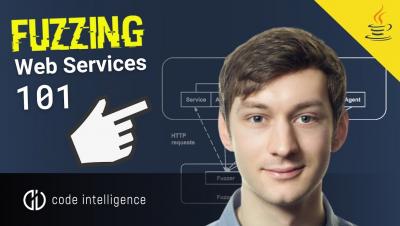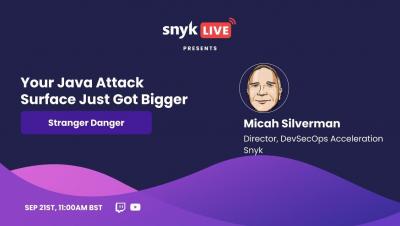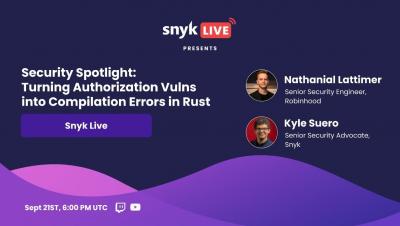Fuzz Testing Automotive Software With Dependencies
The new ISO/SAE 21434 increases the requirement for security testing in the automotive domain. Car manufacturers must now provide advanced security tests for each software component, as part of the validation process. This includes either, penetration testing, vulnerability scanning and/or fuzz testing. But especially the early adoption of fuzz testing is currently becoming best practice among German car manufacturers.



